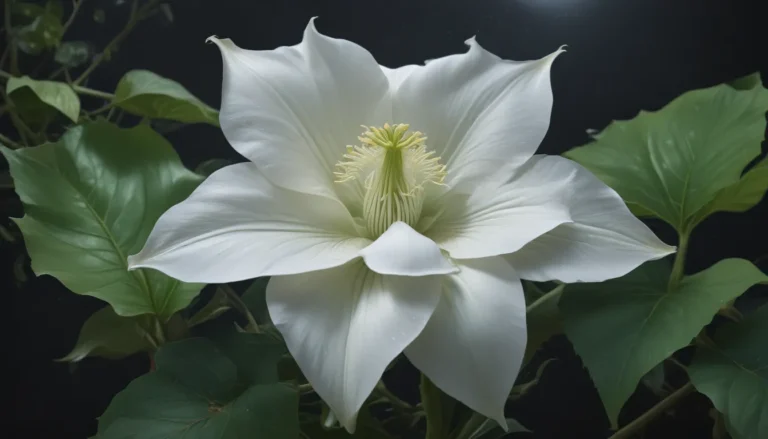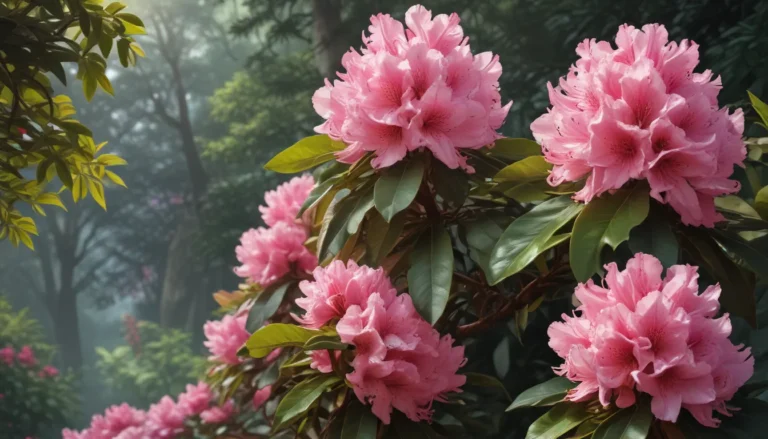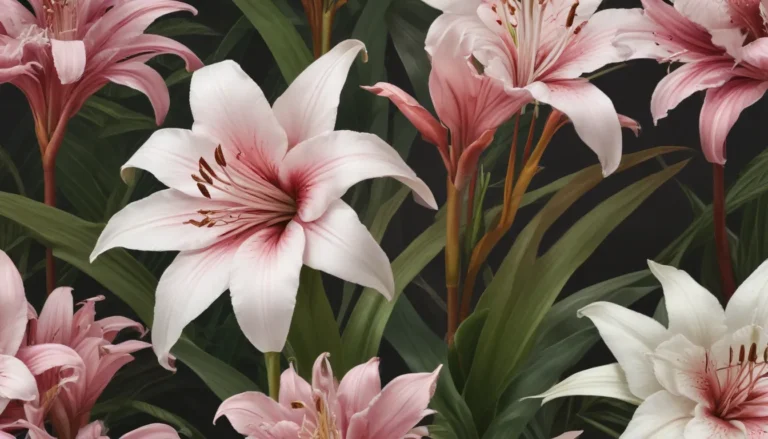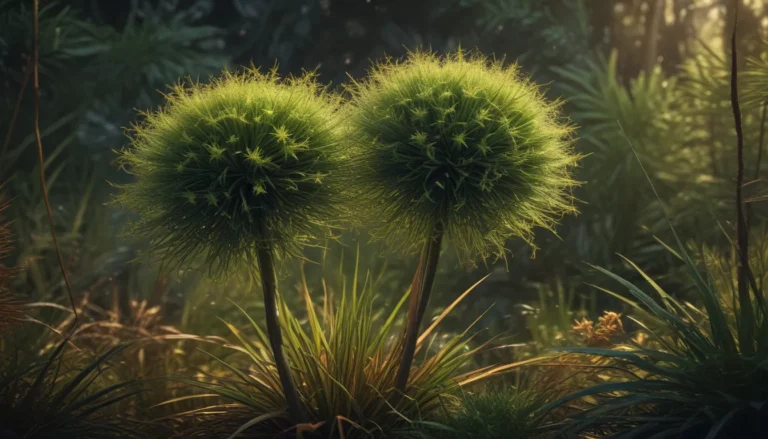The pictures we use in our articles might not show exactly what the words say. We choose these pictures to make you interested in reading more. The pictures work together with the words but don’t take their place. The words still tell you the important facts.
Are you curious about the captivating world of plants and their rich history? Look no further than the fascinating turtlehead plant, scientifically known as Chelone. This perennial herbaceous plant, native to North America, has piqued the interest of garden enthusiasts and researchers alike with its unique features and ecological significance. Join us as we unravel 14 captivating facts about turtlehead that will deepen your appreciation for this extraordinary plant.
Discovering the Enchanting Turtlehead
Turtlehead, also known by its scientific name Chelone, belongs to the plant family Plantaginaceae. Named after the shape of its flowers that resemble a turtle’s head, this perennial plant enchants with its distinctive appearance and cultural significance.
Unveiling the Unique Characteristics
Turtlehead is a perennial plant that thrives year after year, providing beautiful blooms with proper care. The tube-like flowers of turtlehead, featuring two lips that mimic a turtle's beak, come in an array of colors such as white, pink, and purple, adding a vibrant touch to any garden.
Embracing Nature’s Pollinators
The captivating shape and color of turtlehead flowers attract vital pollinators like bees, butterflies, and hummingbirds. These pollinators play a crucial role in the plant's reproductive cycle, ensuring its continued growth and survival.
Nurturing Turtlehead with Care
Turtlehead flourishes in moist soil conditions, often found near bodies of water like streams and wetlands. While it can tolerate some drought, consistent moisture is key to its overall well-being.
A Plant of Resilience
Turtlehead is a low-maintenance plant that adapts well to various soil types and light conditions. Once established, it requires minimal care and attention, making it an ideal choice for both seasoned gardeners and novices.
Exploring Medicinal Uses
Throughout history, Native American tribes have utilized turtlehead for various medicinal purposes. From treating digestive issues to snake bites and skin conditions, this plant has held a place of significance in traditional healing practices.
Cultivating Cultural Significance
In certain Native American tribes, turtlehead holds spiritual significance and has been incorporated into rituals and ceremonies. Its unique characteristics and history make it a revered symbol in indigenous cultures.
Creating a Garden Haven
With its ability to attract pollinators and add beauty to landscapes, turtlehead is a magnet for garden enthusiasts. Whether used as a focal point or blended with other plants, it brings an element of charm and interest to any outdoor space.
Propagating Turtlehead with Ease
Expanding your turtlehead collection or sharing it with others is simple through propagation by division. Splitting the plant into smaller sections for replanting allows for the creation of new turtlehead plants with ease.
Enhancing Ecosystems with Rain Gardens
Turtlehead's preference for moist soil makes it an excellent choice for rain gardens, which help capture and filter runoff water. By incorporating turtlehead into these ecosystems, you contribute to their health and vitality.
Adding Whimsy to Flower Arrangements
The unique shape and vibrant hues of turtlehead flowers make them a delightful addition to cut flower arrangements. Their long blooming period from mid to late summer ensures weeks of enjoyment in floral displays.
Enriching the Garden Experience
Turtlehead's long blooming period and whimsical appearance bring a burst of color to gardens when many plants are winding down for the season. Its enduring beauty creates a captivating backdrop for outdoor enjoyment.
Embracing the Rich History of Turtlehead
From its distinctive flowers to its cultural significance and medicinal uses, turtlehead stands as a testament to the wonders of the natural world. Whether you're an avid gardener or simply drawn to nature's allure, exploring the depths of turtlehead's history and features offers endless insights and delight.
Delving Deeper: FAQs about Turtlehead
- Scientific Name: Turtlehead is scientifically known as Chelone, deriving its name from the Greek word "chelone," meaning tortoise, in reference to its flower shape.
- Habitat: Native to North America, turtlehead thrives in wetland habitats like swamps, meadows, and stream banks.
- Blooming: Turtlehead typically blooms in late summer and early fall, showcasing clusters of tubular flowers in pink, white, or purple shades.
- Medicinal Properties: Yes, turtlehead has a history of medicinal use, with Native American tribes using it for various ailments like digestive issues and infections.
- Care Tips: Turtlehead thrives in moist soil and part shade conditions, requiring minimal care once established.
- Propagation: Turtlehead can be propagated from seeds, which require cold stratification for germination.
- Pests and Diseases: While generally resistant, turtlehead may face issues with slugs, snails, or powdery mildew, requiring regular monitoring and treatment.
- Floral Arrangements: Turtlehead's unique flowers make it a lovely addition to floral displays, enhancing bouquets with charm and elegance.
- Pollinator Attraction: Turtlehead attracts pollinators like bees and butterflies, offering a vital food source for these essential creatures.
- Companion Plants: In a garden, turtlehead pairs well with moisture-loving plants like hostas, astilbes, and ligularias, creating a harmonious and vibrant landscape.
Whether you're drawn to its unique appearance, cultural significance, or ecological benefits, turtlehead proves to be a plant of endless fascination. Its role in supporting pollinators and adding beauty to gardens underscores the importance of cultivating diverse and resilient plant species in our outdoor spaces. As you delve into the world of turtlehead, may you find inspiration and wonder in the intricate tapestry of nature's creations.






